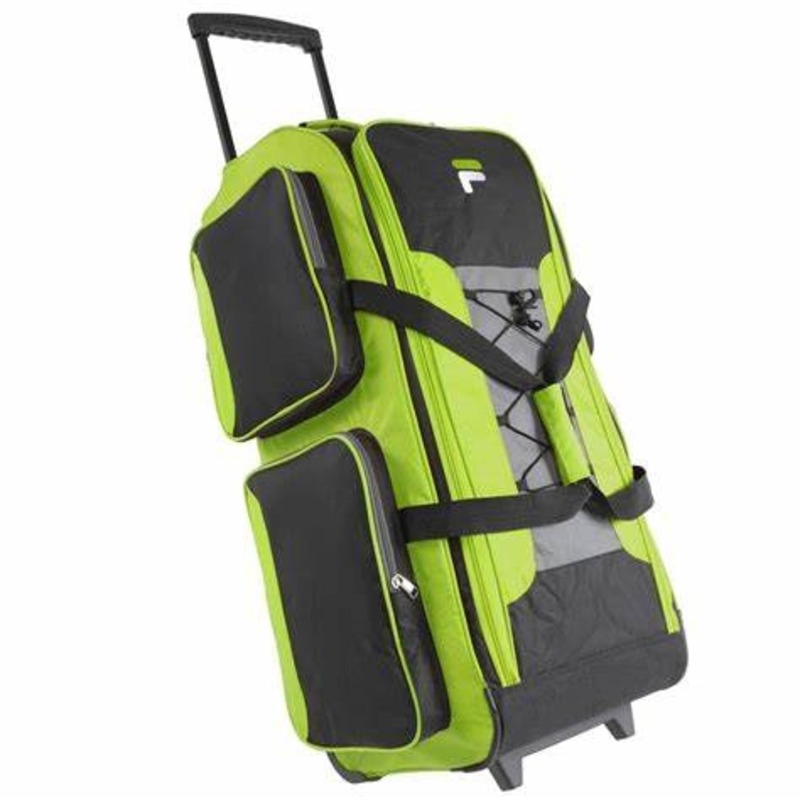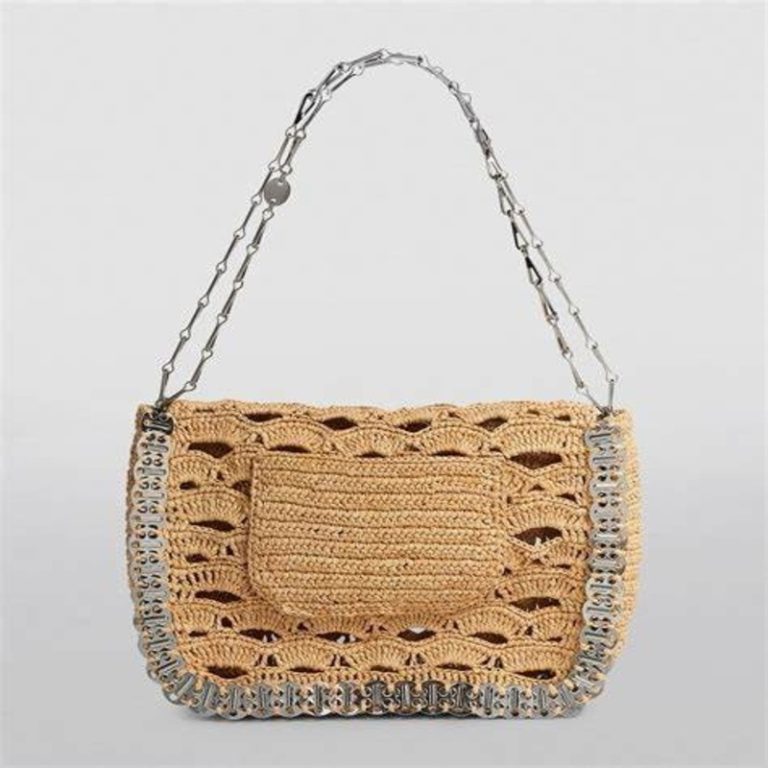Understanding the 62 Linear Inches Standard for Luggage
When you plan a trip that includes flying, understanding luggage size restrictions is crucial. The standard of 62 linear inches refers to the combined total of your bag’s length, width, and height. To make sure your luggage fits within this limit, sum up these three dimensions. Big carriers like Delta, United, and American Airlines all follow this guideline. This rule helps airlines maximize space and maintain safety. It also ensures passengers know what to expect when packing. ‘What is 62 linear inches bag’ is a common question among travelers. It means your suitcase cannot exceed the total dimension of 62 inches when adding all sides. A bag that fits these dimensions often avoids extra fees at check-in. If your bag is larger, you may have to pay more. Remember, each airline has its own rules, so always check before you travel. Meeting the 62 linear inches standard can save you stress and money when you fly.
How to Measure Your Bag to Ensure It Meets Airline Requirements
Ensuring your luggage complies with airline requirements is straightforward but vital. To avoid surprises at the airport, measure your bag in advance. Let’s break down the steps to make measuring easy.
- Find a flat surface: Place your bag on it to guarantee accurate measurements.
- Measure the length: Extend your tape measure from one end of the bag to the other, at the longest point.
- Measure the width: Check the distance across your bag, from one side to the other.
- Measure the height: Record the distance from the bottom to the top of your bag.
- Add dimensions: Combine the length, width, and height measurements. This total should not pass 62 linear inches.
Use a flexible tape measure for best results, as it curves around the bag’s shape. Some bags have bulging pockets, wheels, or handles that can impact size. Ensure you include these features in your total measurement. After measuring, compare your bag’s size with the airline’s requirements. Airlines often have size check templates at check-in counters. Test your bag here if you’re still unsure.
Remember that measuring your bag before you arrive at the airport helps prevent stress. Knowing what is a 62 linear inches bag and conforming to this limit is key. By following these steps, you’ll be ready to fly without worries about luggage restrictions.
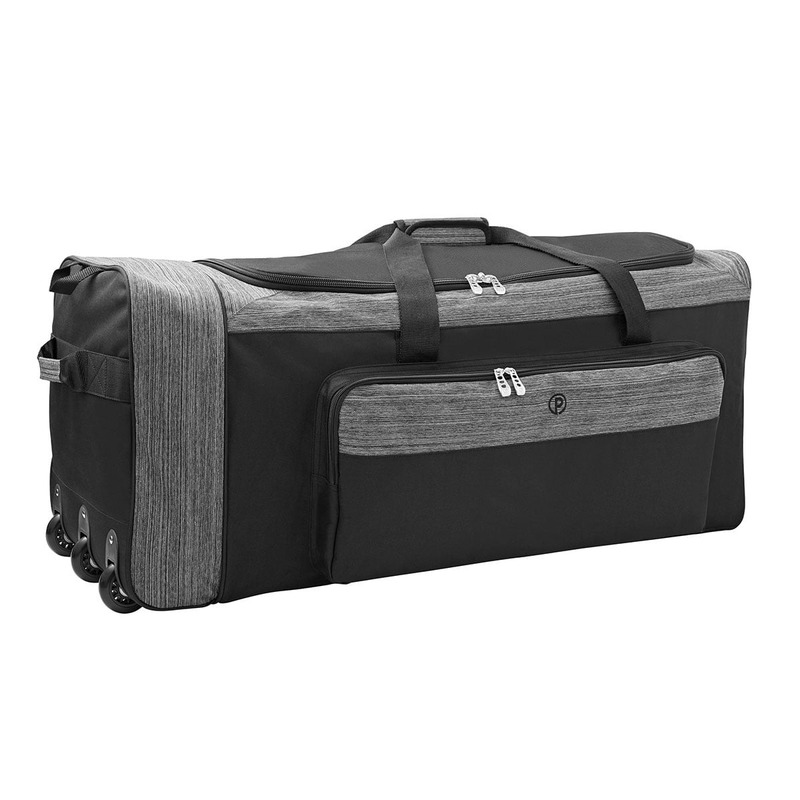
Tips for Packing a 62 Linear Inches Bag Effectively
To pack a 62 linear inches bag effectively, here are some practical tips:
- Roll your clothes: Rolling instead of folding can save space.
- Use packing cubes: These help organize and compress your items.
- Fill shoes: Put small items like socks or chargers inside your shoes.
- Wear heavier items: If possible, wear your bulkier clothes to reduce bag weight.
- Layer items: Place heavier items at the bottom and lighter ones on top.
Remember, the goal is to maximize space while avoiding extra baggage fees. Understanding ‘what is a 62 linear inches bag’ should include knowing how to pack it. Stick to these tips, and you’ll travel without the hassle of re-packing at the airport or paying additional fees.
Airline Policies on Baggage Size and Overweight Fees
Every airline has unique policies for baggage size and overweight fees. It’s vital to understand these rules to prevent costly surprises. Let’s take a closer look at a few ways airlines handle the 62 linear inches rule and associated fees.
- Check airline websites: Before you travel, visit the carrier’s website for detailed baggage policies.
- Look for fee charts: Airlines often have charts that list fees for bags exceeding 62 inches.
- Consider the weight: A bag within size limits but too heavy may still incur fees.
- Review exceptions: Some airlines make exceptions for sports equipment or special items.
- Note frequent flyer perks: Elite members may have higher allowances for size and weight.
Keep in mind that fees for bags over 62 linear inches can be high. On average, checking an oversized bag can cost anywhere from $50 to $200. Weight is another factor; a heavy bag can cost just as much as an oversized one. So, pack smart and always double-check your bag’s dimensions and weight before heading to the airport.
Remember, knowing what is a 62 linear inches bag is just the start. To avoid extra charges, always confirm with your airline’s specific policies on both size and weight. This way, you can breeze through check-in and enjoy your flight.
The Best 62 Linear Inches Bags for Travelers
Selecting the right 62 linear inches bag can make your travel hassle-free. Below are top options for travelers who value both style and compliance with airline regulations.
- Hardshell Spinners: These offer durability and easy maneuvering through crowded airports.
- Expandable Suitcases: Perfect for those who might bring back more than they left with. They start within the size limit and expand for extra space.
- Duffel Bags on Wheels: Combining the flexibility of a duffel with the mobility of a suitcase, these are great for varied travel needs.
- Lightweight Carry-Ons: Designed to fit in overhead bins, they prevent check-in fees and waiting at baggage claims.
- Eco-Friendly Bags: For the environmentally conscious, there are bags made with sustainable materials that also meet size requirements.
Remember to always check the bag’s specifications and compare them with your airline’s guidelines. The best 62 linear inches bag balances size, function, and style to suit your travel needs. Remember ‘what is a 62 linear inches bag’ when shopping to avoid oversize fees.
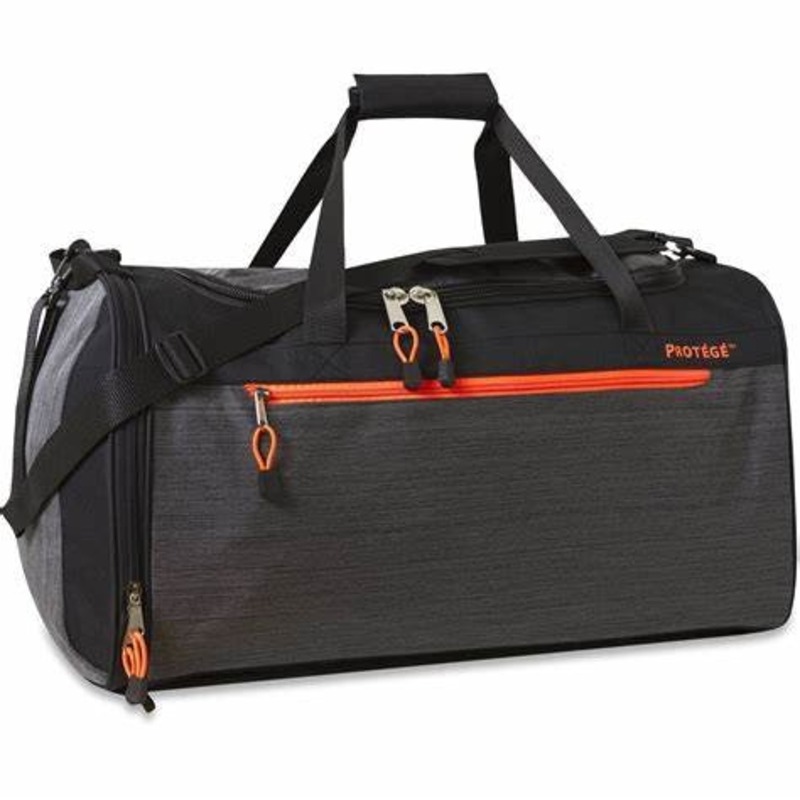
Alternatives to Checking a Bag: Traveling Light and Smart
When considering ‘what is a 62 linear inches bag,’ you might also wonder about alternatives to checking in a large bag. Traveling light has its perks, from saving time at the airport to avoiding potential baggage fees. Here are ways to travel without checking a bag:
- Opt for a carry-on: Choose a bag that fits the airline’s overhead compartment dimensions. This enables you to keep your belongings close.
- Mix and match clothing: Pick versatile clothes that you can wear in different combinations. This reduces the number of items you need.
- Limit toiletries: Buy travel-sized containers or use samples. Some hotels offer basic toiletries, lessening your load.
- Digitize entertainment: Use e-books and online content instead of physical books and magazines.
- Utilize laundry services: If you’re on a longer trip, washing clothes means you can pack fewer outfits.
- Condense gadgets: Instead of multiple devices, see if one can serve multiple purposes.
Traveling smart also involves knowing ‘what is a 62 linear inches bag.’ Even if you prefer to travel light, ensure any bag you do bring meets airline size requirements. This way, you stay within regulations and keep travel stress-free.
Common Mistakes to Avoid with Large Luggage
Navigating the tricky world of baggage restrictions, it’s easy to slip up. To stay clear of trouble, be aware of common mistakes made with large luggage. Here’s a rundown of pitfalls to avoid:
- Ignoring size limits: Failing to check ‘what is a 62 linear inches bag’ can lead to costly fees. Ensure your bag fits within size restrictions.
- Forgetting to consider weight: Just because a bag is the right size doesn’t mean it’s under the weight limit. Weigh your luggage to avoid surprises.
- Overpacking: It may be tempting to stuff your bag to the brim, but this can cause you to exceed size or weight limits.
- Neglecting to check with your airline: Airlines may have updated their policies. Always verify with your carrier before flying.
- Mistaking carry-on for checked bags: Some bags look small enough to be carry-ons but exceed size limits. Measure carefully.
- Not planning for souvenirs: If you’re close to the limit, remember purchases made during your trip can add bulk to your return luggage.
- Using worn-out bags: Frayed edges or a protruding handle can push your bag over the size limit.
Remember the key phrase: ‘what is a 62 linear inches bag’ and use it to guide your packing strategy. With these tips, you’re equipped to handle large luggage and steer clear of unnecessary hassle and fees.
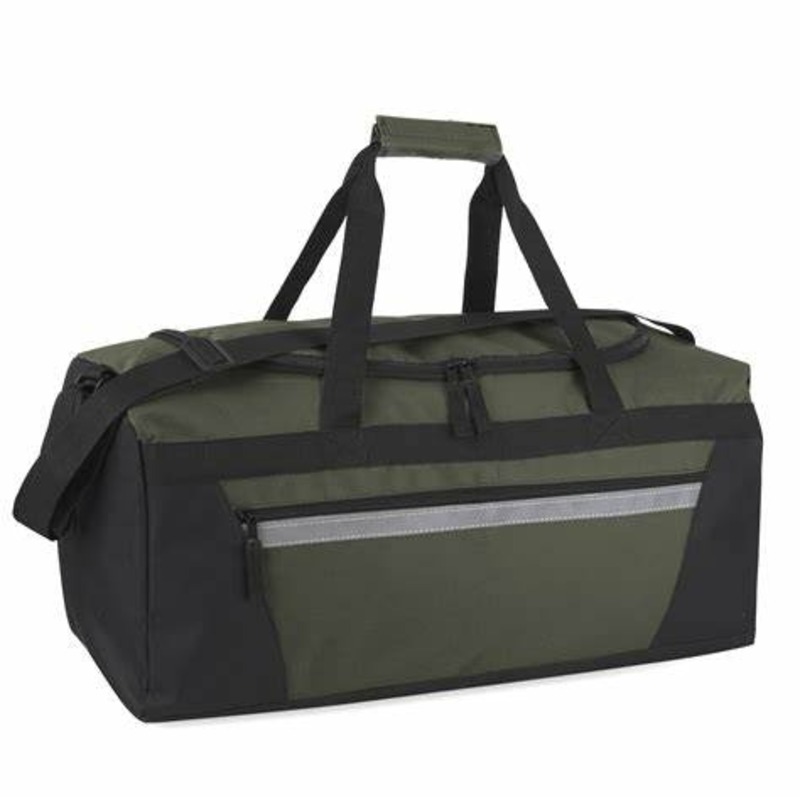
Navigating airport security and check-in with a large bag that meets the 62 linear inches standard can be challenging. By being prepared and understanding ‘what is a 62 linear inches bag,’ you can make this process smoother. Here are some tips to help you through the airport with ease:
- Verify your airline’s policy: Before heading to the airport, confirm your airline’s size and weight limits for luggage.
- Label your luggage: Ensure your bag has a tag with your name and contact information.
- Prepare for screening: At security, have liquids and electronics readily accessible for inspection.
- Use TSA-approved locks: To secure your bag, opt for locks that TSA agents can open if needed.
- Arrive early: Give yourself plenty of time for check-in and security, especially with a larger bag.
- Seek assistance if needed: Don’t hesitate to ask airport staff for help if you’re unsure about the process.
By following these steps, you’ll help ensure a hassle-free experience at airport security and check-in, keeping in line with the 62 linear inches standard. It’s not just about knowing ‘what is a 62 linear inches bag,’ but also how to manage it as you travel. Ensure you’re familiar with these guidelines to make your journey more enjoyable.
